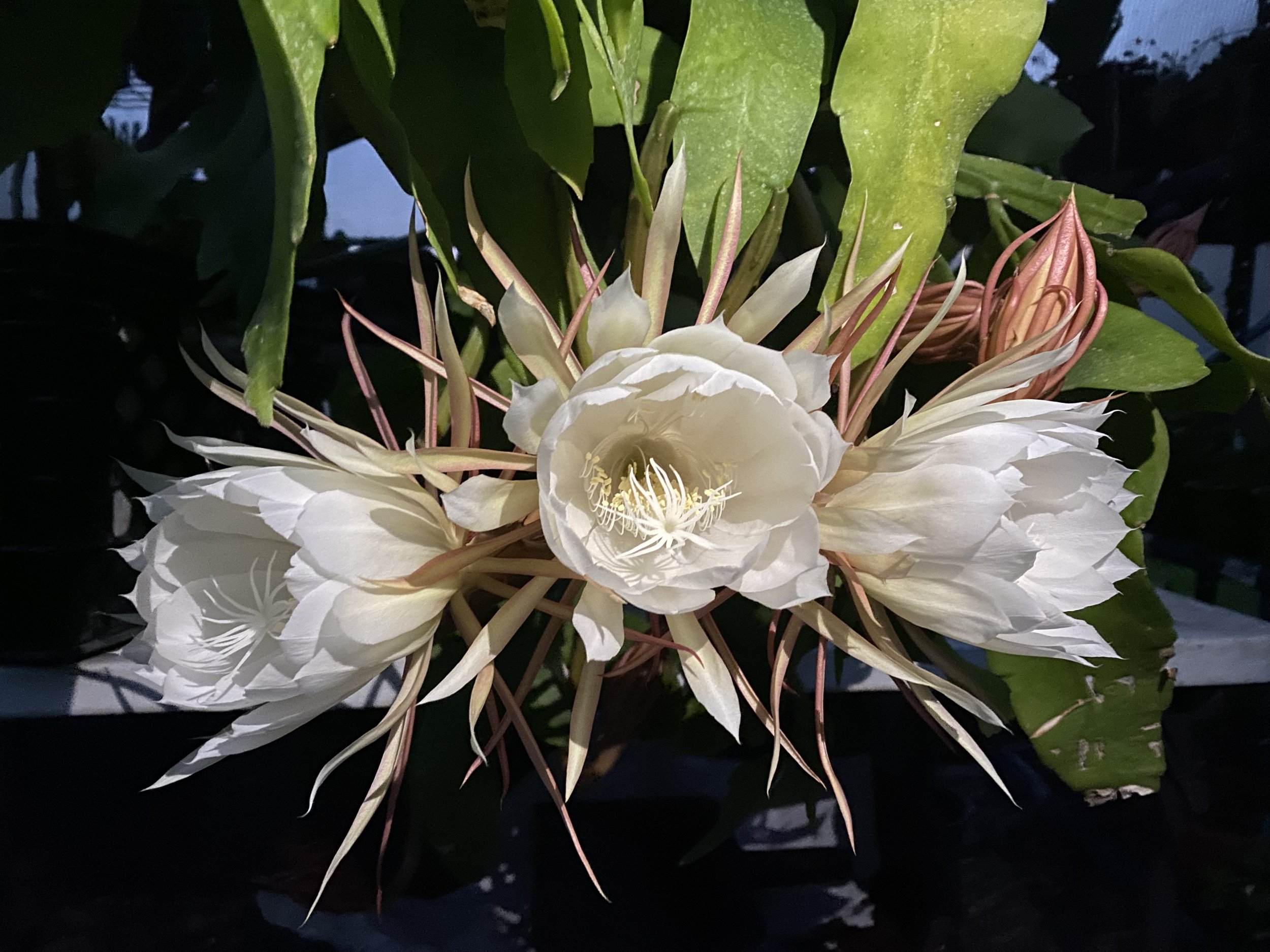varieties for 2025
plant key
• Annual, unless otherwise marked “P” for Perennial or “SSA” for Self Sowing Annual
• “T” for Tropical, must be brought indoors during colder temperatures
• Sizes and timing on these plants may vary
Curry Leaf (Curry tree, Kadipatta, Karipatta, Bergera or Murraya koenigii)
T.
No, we’re not talking about the turmeric-yellow spice blend “curry” here. This tree is native to the Indian subcontinent and indispensable in several South Asian and Southeast Asian cuisines. The fresh leaves are added to hot oil along with other aromatics as you start a dish, and the smell is unlike anything else. In Ohio, you must bring it inside for the winter if you wish to keep your plant season to season.
Fig, ‘Hardy Chicago’ (Ficus carica)
P.
This variety is hardy in Ohio, though without winter protection, it may die back to the ground. These cuttings are from two ten-year old trees that have done very well along the east side of our house. With plenty of sun and a warm fall, it’s very productive, with delicious medium size purple-brown fruit. Hopefully more varieties to follow soon, as I trial other cold hardy varieties. If you’re serious about Growing Figs in Cold Climates, check out the book by Lee Reich.
Lifesaver Plant (Huernia zebrina)
T.
A fun, easy-care, easy-to-propagate succulent with crazy flowers. The flowers look fake, but they really are like mini red lifesavers surrounded by yellow and red zebra-striped petals.
Queen of the Night (Epiphyllum oxypetalum)
T.
Also known as Night Blooming Cereus and Orchid Cactus. Makes a peculiar and gangly houseplant until it flowers, and then it will knock your socks off! Its huge white fragrant flowers open only for one night each, often synchronized with one another. This show stopper was featured in the impromptu party scene in Crazy Rich Asians, when the grandma hosts a party to see the ‘tan hua’ bloom. The intensely fragrant blooms deserve a celebration, and they’ll practically unfold before your eyes. Otherwise, it’s a pretty hardy, low care plant, just make sure to bring it indoors for the winter.
Succulents
T.
Various succulents including ‘String of Pearls’ and ‘Inchworm Plant.’





